Introduction
How Fast Do Pigs Grow: Pigs, scientifically known as Sus scrofa domesticus, are renowned for their remarkable growth potential. Understanding the dynamics of their growth is a multifaceted endeavor that encompasses various factors, including genetics, nutrition, environmental conditions, and management practices. Over centuries of selective breeding, humans have shaped different pig breeds to suit their specific needs, resulting in diverse growth rates and characteristics.
The intricacies of pig growth, it is essential to delve into the genetic makeup of these animals. Different pig breeds exhibit distinct growth patterns due to their genetic predispositions. For instance, heritage breeds tend to grow more slowly but often offer superior meat quality compared to modern, commercial breeds that prioritize rapid growth and higher production yields.
Nutrition is another critical factor influencing the growth of pigs. Proper feeding regimes, balanced diets, and access to clean water are pivotal in fostering healthy growth. The ability of pigs to efficiently convert feed into body weight is remarkable, but it necessitates meticulous nutritional management to maximize growth potential while minimizing waste. Environmental conditions and management practices also exert a significant influence on pig growth. Factors such as housing, sanitation, disease control, and stress management can either accelerate or hinder a pig’s development. Hence, optimizing these aspects is crucial for ensuring the well-being and productivity of the animals.
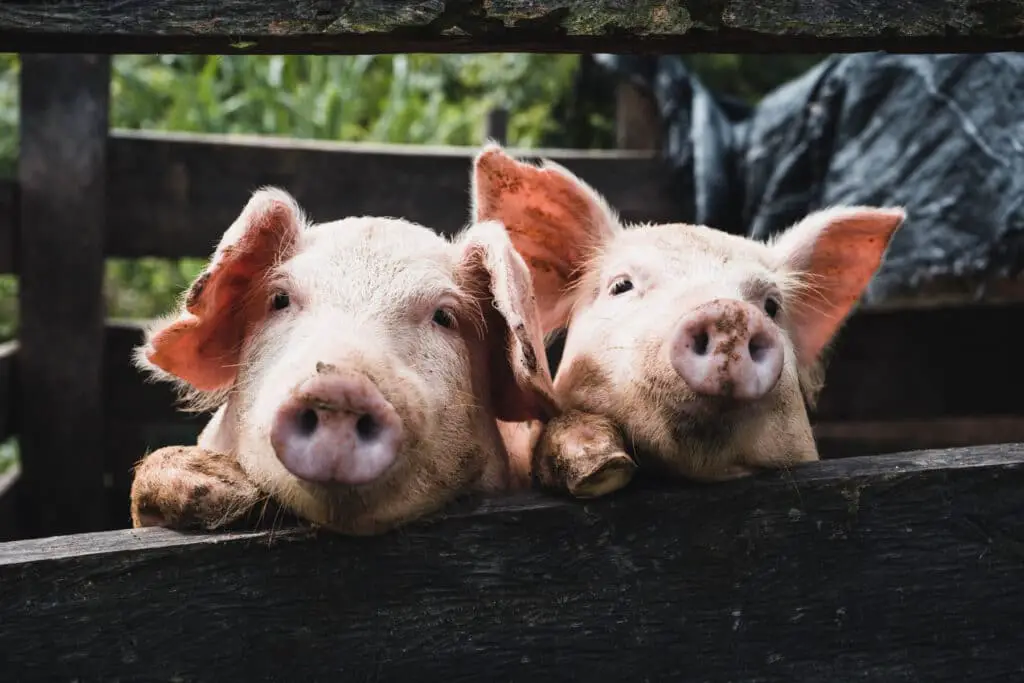
How much does a 5 month old pig weigh in kg?
A piglet weighs around 1.5 kg at birth. Young male piglets already weigh 20 kg at the age of ten weeks. Five or six months later, they weigh 100 kg and are ready to be slaughtered at an abattoir or by a traditional butcher.
Commercial Breeds: Pigs belonging to commercial or hybrid breeds, such as the Yorkshire, Landrace, or Duroc, tend to be on the higher end of the weight scale, often approaching 70 kilograms or more.
Heritage Breeds: Heritage pig breeds, like Gloucestershire Old Spots or Tamworths, may be on the lower end of the weight scale, typically weighing around 30 to 50 kilograms.
Health and Diet: Pigs that have received excellent nutrition and veterinary care are more likely to be at the upper end of the weight range. Conversely, pigs with poor nutrition or health issues may fall on the lower end.
Gender Differences: Male pigs usually weigh more than females at the same age. Boars may be closer to 70 kilograms, while gilts may be closer to 60 kilograms or less.
How much does a 2 month old pig weigh in kg?
2 months old pigs: average weight of 60-65 kilograms.
Commercial Breeds: Piglets from commercial breeds like Yorkshire, Landrace, or Duroc tend to be on the higher end of the weight scale, often reaching around 12 to 15 kilograms.
Heritage Breeds: Piglets from heritage breeds, such as Gloucestershire Old Spots or Tamworths, may be on the lower end of the weight scale, typically weighing around 5 to 8 kilograms.
Nutrition and Health: Piglets with proper nutrition and good health are more likely to be at the upper end of the weight range, while those with suboptimal nutrition or health issues may fall on the lower end.
Gender Differences: At two months old, the gender difference in weight may not be very pronounced. Both male and female piglets can fall within the typical weight range for their breed.
How much does a 3 month old pig weigh in kg?
The increase in weight of pigs in the first place depends on feeding the right quality. Weighing 50-60 kg at the age of 3-4 months, with the pig feeding ad libitum for 3 months reaches a weight of 90 kg or more.
Commercial Breeds: Piglets from commercial breeds like Yorkshire, Landrace, or Duroc tend to be on the higher end of the weight scale, often reaching around 25 to 30 kilograms.
Heritage Breeds: Piglets from heritage breeds, such as Gloucestershire Old Spots or Tamworths, may be on the lower end of the weight scale, typically weighing around 15 to 20 kilograms.
Nutrition and Health: Piglets with proper nutrition and good health are more likely to be at the upper end of the weight range, while those with suboptimal nutrition or health issues may fall on the lower end.
Gender Differences: At three months old, the gender difference in weight may still not be very pronounced. Both male and female piglets can fall within the typical weight range for their breed.
How old is a 30 kg pig?
The red line shows the average weight for a growing pig during the same period. At 10 weeks he will be about 30kg and at 18 weeks around 80kg.
Commercial Breeds: If the pig in question is a commercial breed like Yorkshire, Landrace, or Duroc, it is likely to reach 30 kg at a relatively young age, typically between 2 to 4 months.
Heritage Breeds: For pigs from heritage breeds such as Gloucestershire Old Spots or Tamworths, it may take a bit longer to reach 30 kg, often around 4 to 6 months or even longer.
Nutrition and Health: Pigs with good nutrition and health are more likely to reach the 30 kg mark sooner, while those with suboptimal nutrition or health issues may take longer to reach this weight.
Gender Differences: If it’s a male pig (boar), it may reach 30 kg faster than a female pig (gilt or sow) due to differences in growth rates.
How many kg of pig feed per day?
On an average 4 – 8 kg swill is needed per pig per day. A breeding boar requires 2-2.5 kg concentrate per 100 kg weight depending on the age, condition and breeding demand. Feed allowances should be so adjusted that the pig is neither fatty nor run down.
Determine the Pig’s Weight: Weigh the pig to get an accurate starting point. It’s essential to know the pig’s current weight to calculate the appropriate feed amount.
Consult Feeding Guidelines: Most commercial pig feed products provide feeding guidelines on the packaging. These guidelines offer recommendations based on the pig’s weight, age, and purpose.
Calculate the Feed Amount: Use the feeding rate per kilogram of body weight to calculate the daily feed requirement. For example, if the guideline suggests feeding 2% of body weight for a 100 kg pig, you would provide 2 kg of feed per day (100 kg x 2% = 2 kg).
Adjust for Age and Purpose: Young piglets may require a higher percentage of their body weight in feed to support growth (e.g., 3-4%), while adult pigs may need less. Breeding pigs may have different nutritional needs compared to those raised for meat.
Monitor and Adjust: Regularly monitor the pig’s condition and weight. Adjust the feed amount as needed to maintain the desired growth rate or body condition. Factors like season, temperature, and health status may require adjustments.
How old is a 100kg pig?
A pig reared to produce bacon. This is normally around 80-100kg, and reached between eight and ten months of age.
Commercial Breeds: If the pig in question is from a commercial or hybrid breed, such as Yorkshire, Landrace, or Duroc, it may reach 100 kilograms at a relatively young age, typically around 6 to 9 months.
Heritage Breeds: For pigs from heritage breeds, like Gloucestershire Old Spots or Tamworths, it may take longer to reach 100 kilograms, often around 9 to 12 months or more.
Nutrition and Health: Pigs with excellent nutrition and good health are more likely to reach 100 kilograms sooner, while those with suboptimal nutrition or health issues may take longer to reach this weight.
Gender Differences: If it’s a male pig (boar), it may reach 100 kilograms faster than a female pig (gilt or sow) due to differences in growth rates.
Genetics: Some individual pigs within a breed may grow faster or slower than average due to genetic variation.
How many people will a 50 kg pig feed?
With an average-sized, 50kg pig providing enough meat to feed between 100 and 160 people (depending on your serving preferences), you can relax knowing that there will be more than enough food to go around at your party.
Cut Preferences: The choice of cuts influences how many people can be fed from a pig. Different cultures and culinary traditions have varying preferences for pork cuts, including ribs, roasts, chops, and ground meat.
Age and Size of the Pig: A 50 kg pig is generally considered to be of market weight and suitable for slaughter. However, the age of the pig at this weight can vary. Some pigs reach 50 kg at a younger age with lighter cuts of meat, while others may be older and yield heavier cuts.
Breeds and Genetics: Different pig breeds have varying sizes and meat-to-fat ratios. Some breeds are known for producing leaner meat, while others have more marbling and fat. This affects the overall yield of meat from a pig.
Market-Weight Pig: A 50 kg pig is typically considered market weight and suitable for slaughter. The yield of meat from such a pig can range from 40% to 70% of its live weight, depending on factors like breed and butchering method.
Average Yield: Assuming an average yield of 60%, a 50 kg pig could provide approximately 30 kg of meat. However, this can vary.
Serving Size: The serving size of meat per person varies, but a typical serving of meat is around 100 to 150 grams. Using an average serving size of 125 grams, a 50 kg pig could potentially provide meat for approximately 240 servings (30,000 grams ÷ 125 grams per serving).
Cuts and Preferences: The number of people that a 50 kg pig can feed also depends on the specific cuts used. Different cuts may yield varying numbers of servings. For example, roasts and ribs may provide fewer servings than ground meat.
How big is a 5kg pig?
Each whole suckling pig weighs between 4 and 5 kilos and measures between 40-45cm in length, so don’t worry, it will fit in any conventional oven.
Breed: Different pig breeds have distinct growth rates and body sizes. Some breeds are smaller and grow slower, while others are larger and more robust.
Age: The age of a pig is a critical factor in determining its size. A 5kg pig is typically very young, likely less than a few months old, as piglets undergo rapid growth during their early stages of life.
Health and Nutrition: The health and nutritional status of a pig greatly affect its growth and size. Pigs that receive proper nutrition and healthcare are more likely to reach their growth potential.
Small and Compact: A 5kg pig is relatively small and compact compared to mature pigs. It may measure around 30-40 centimeters in length and 15-20 centimeters in height at the shoulder.
Youthful Appearance: A 5kg pig will have the appearance of a young piglet with soft, smooth skin and relatively small features.
Proportional Build: At this stage, the pig’s body should be well-proportioned, with legs and body in balance. The head will be smaller in relation to the body.
Lightweight: A 5kg pig is considered lightweight compared to adult pigs, which can weigh hundreds of kilograms.
Increased Activity: Young piglets are generally active and curious, exploring their surroundings and engaging in playful behavior.
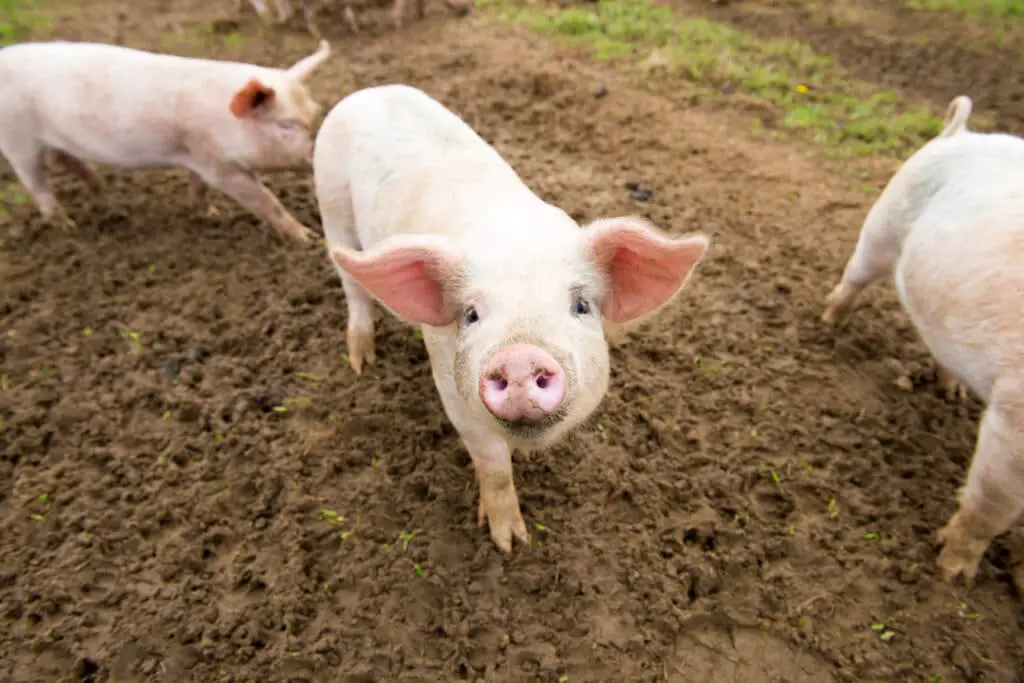
Conclusion
Genetics emerged as a fundamental determinant in pig growth, with various breeds exhibiting distinct growth patterns tailored to meet specific agricultural needs. While heritage breeds prioritize meat quality over speed, modern commercial breeds have been optimized for rapid growth and higher production yields. This genetic diversity underscores the adaptability and versatility of pigs in meeting diverse demands in the global meat market.
Nutrition played an equally pivotal role in the growth of pigs. The efficient conversion of feed into body weight showcased the remarkable biological efficiency of these animals. Balanced diets, meticulous feeding regimes, and access to clean water are vital elements in unlocking the full growth potential of pigs while ensuring their health and well-being.
Environmental conditions and management practices rounded out our exploration, revealing that the physical and social environments in which pigs are raised are crucial determinants of their growth rates. Proper housing, sanitation, disease control, and stress management are essential components of responsible pig farming, contributing not only to growth but also to the overall welfare of the animals. It becomes evident that the growth rate of pigs is not a singular, isolated concept but a dynamic result of the complex interplay between nature and nurture. The gained from our exploration holds significance for a wide range of stakeholders, from farmers seeking to optimize their production to researchers advancing our understanding of pig biology and welfare.

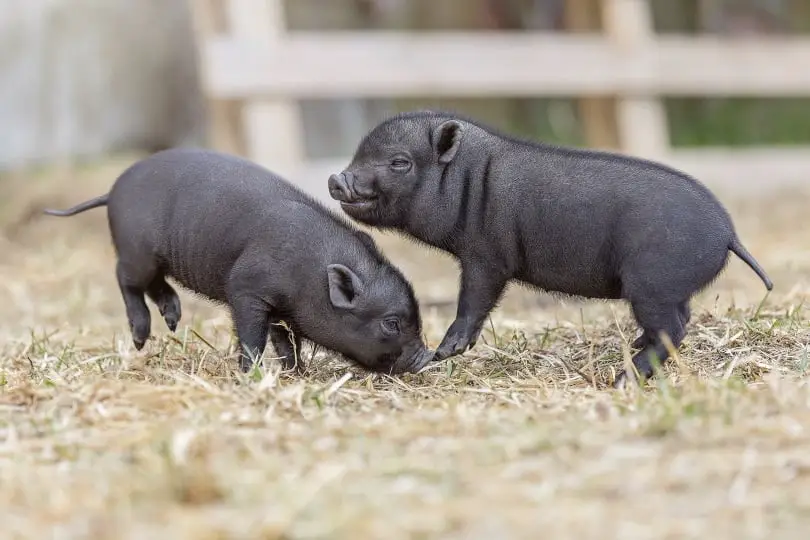
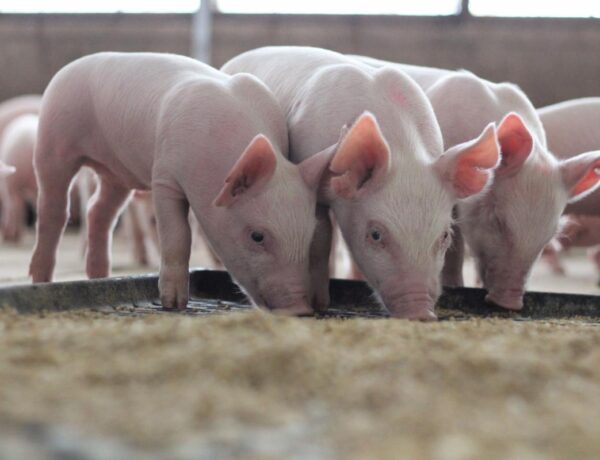
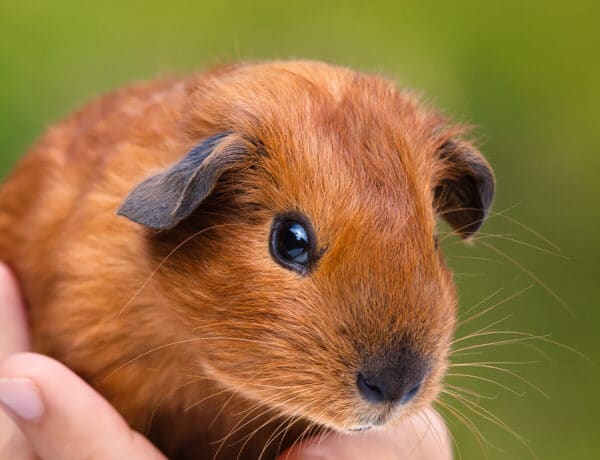
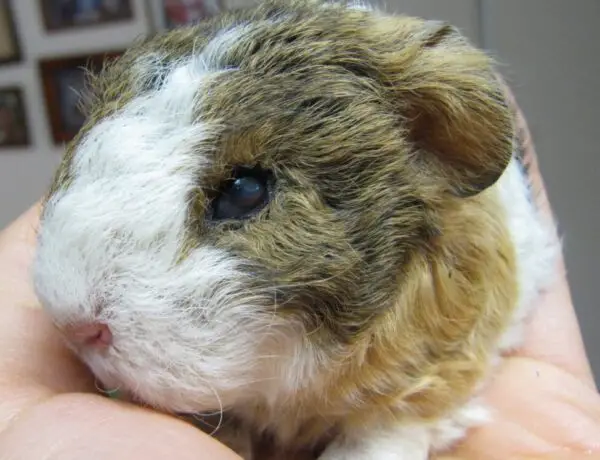
No Comments